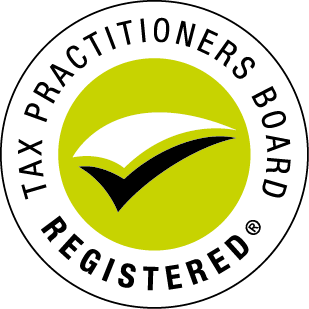
There are four different categories of super funds. These have different primary features and are more applicable to certain people than they are to others.
Retail super funds
Anyone can join retail funds. They are mostly run by banks and investment companies:
- Allow for a wide range of investment options.
- Financial advisors may recommend this type of fund as they receive commissions or might get paid fees for them.
- Although they usually range from medium to high cost, there may be low-cost alternatives.
- The companies that own these funds will aim to keep some of the profit they yield
Industry super funds
Anyone can join bigger industry funds, but smaller ones may only be open to people in certain industries i.e. health.
- Most are accumulation funds but some older ones may have defined benefit members
- Range from low to medium cost
- Not-for-profit, so all profits are put back into the fund
Public sector super funds
Only available for government employees
- Employers contribute more than the 9.5% minimum
- Modest range of investment choices
- Newer members are usually in an accumulation fund, but many of the long-term members have defined benefits
- Low fees
- Profits are put back into the fund
Corporate super funds
Arranged by employers for employees. Large companies may operate corporate funds under the board of trustees. Some corporate funds are operated by retail or industry funds, but availability is restricted to employees
- If managed by bigger fund, wide range of investment options
- Older funds have defined benefits, but most are accumulation funds
- Low to medium costs for large employers, could be high cost for small employers
Self-managed super funds
Private super fund you manage yourself. Many more nuances to this type of fund. Most prominent feature is the autonomy over investment.


